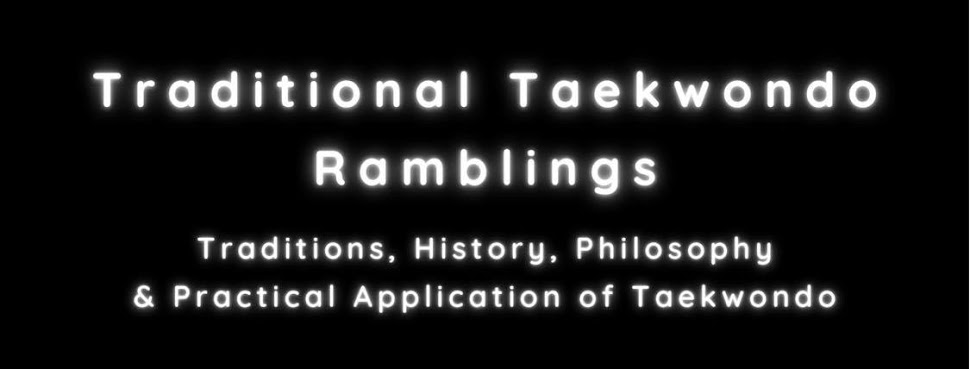In an earlier post I mentioned "The pillars of Taekwondo training". I defined them as Basic techniques, Forms training, sparring, self defense and breaking.(The post I am reffering to can be read by clicking here:)This has long been the format of what is usually labeled "Traditional Taekwondo" and I thought that I should write a little more indepth about each "pillar" this time. In this the fifth and last part of this rant I will look closer on what many consider "the fifth pillar" of Taekwondo training namely breaking (Kyopka). I would recomend readers to go through this series in the order they came out. Click here to go to part one, and here to go to part two, here for part three and here for part four.
Monday 27 February 2012
Pillars of Taekwondo training Part Five; Breaking
Thursday 23 February 2012
Effective training method: 4 minutes of hell!
 |
| After the 4 minutes of training |
Friday 17 February 2012
How to organize your training sessions
Today I wanted to share some of my thoughts on how to structure your training sessions in a Dojang setting.
This came about after talking with some friends who are training in another dicipline about their latest training session. They explained how they had been pushed to the limits during warm ups, been doing some grueling strength excercises after the warm ups, and pushing themselves down into the side splits for 30 minutes and then moving over to forms training, some stretching and finished training. Is there anything wrong with this kind of training? I for once think that there are issues with this kind of training structure but many "traditional martial arts" do this because it is "tradition". I am not saying it is a black and white picture, but click on the read more button to see my thoughts on how a training session should be structured for optimal training
This came about after talking with some friends who are training in another dicipline about their latest training session. They explained how they had been pushed to the limits during warm ups, been doing some grueling strength excercises after the warm ups, and pushing themselves down into the side splits for 30 minutes and then moving over to forms training, some stretching and finished training. Is there anything wrong with this kind of training? I for once think that there are issues with this kind of training structure but many "traditional martial arts" do this because it is "tradition". I am not saying it is a black and white picture, but click on the read more button to see my thoughts on how a training session should be structured for optimal training
Monday 13 February 2012
The key to Poomsae Competition Success: Less is more
Todays post is about Competition Poomsae performance. Todays tip wich you can see in the headline is really the key to success in Poomsae Competition. Many people do not really understand this but here it is: The key to Poomsae Competition success: Less is more.
Tuesday 7 February 2012
Taekwondo Punch vs Boxing Punch
One of my students asked me a brilliant question the other day. "Why do we bother learning and practising "The Taekwondo punch" when we start doing "boxing punches" in sparring? Is it not a complete waste of time practising one method of punching when we really use another method?" Why is this a brilliant question? It is brilliant because this clearly shows how unrelated the basics/forms on one side is vs sparring on the other side. Remember I wrote a few posts back on the gap that has developed between Poomsae and Kyorigi (Forms and sparring)? This is it. The students of today only experience Taekwondo combat through sport
sparring.
sparring.
 |
| Unattached punching |
Subscribe to:
Posts (Atom)




